About Heiliger Georg
Plan your perfect trip to Berlin with Travo! Download now and start exploring.
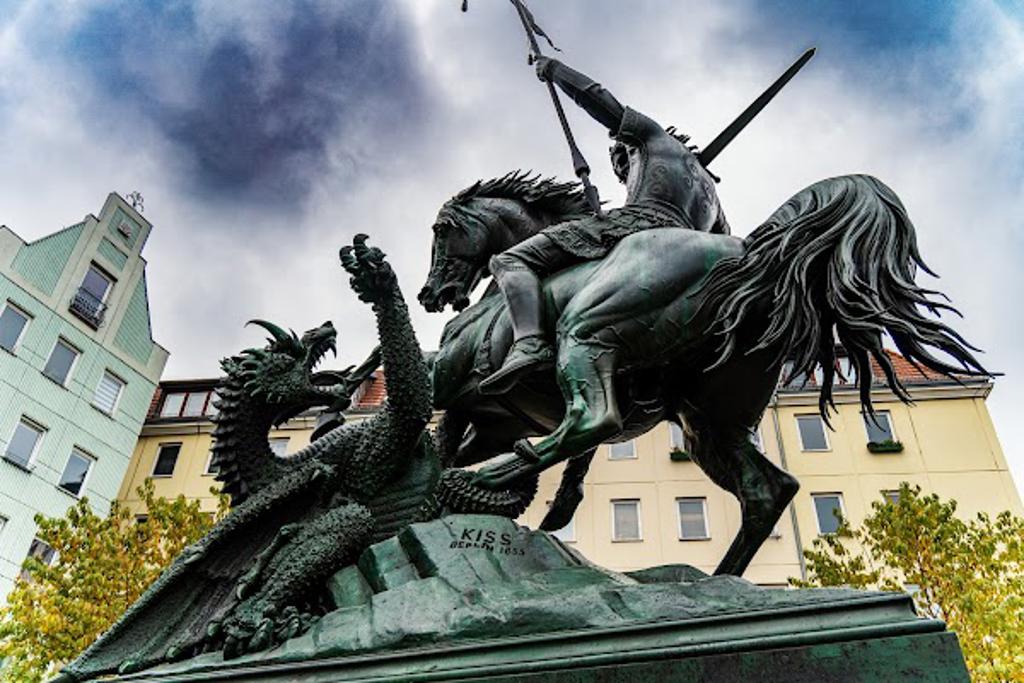
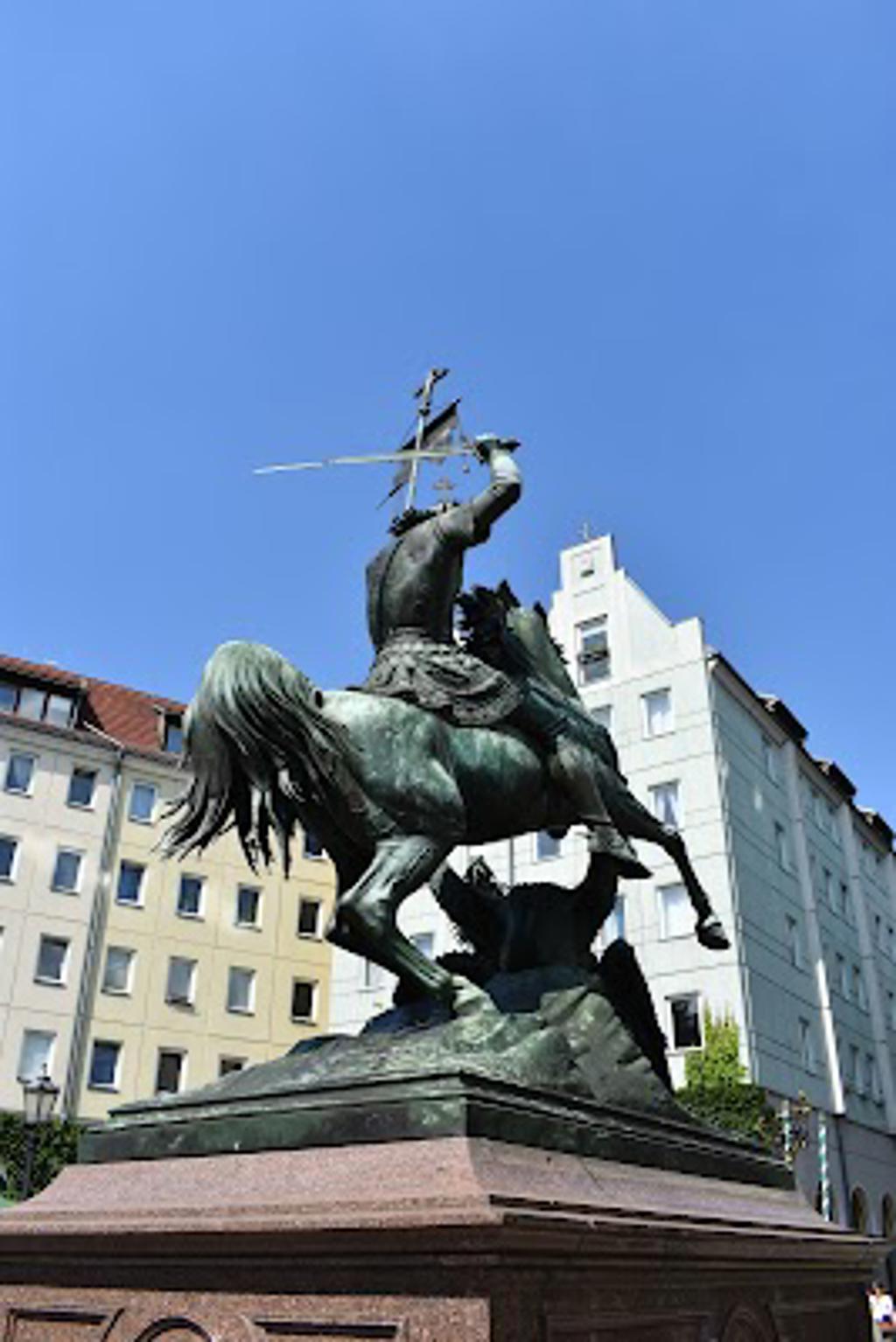
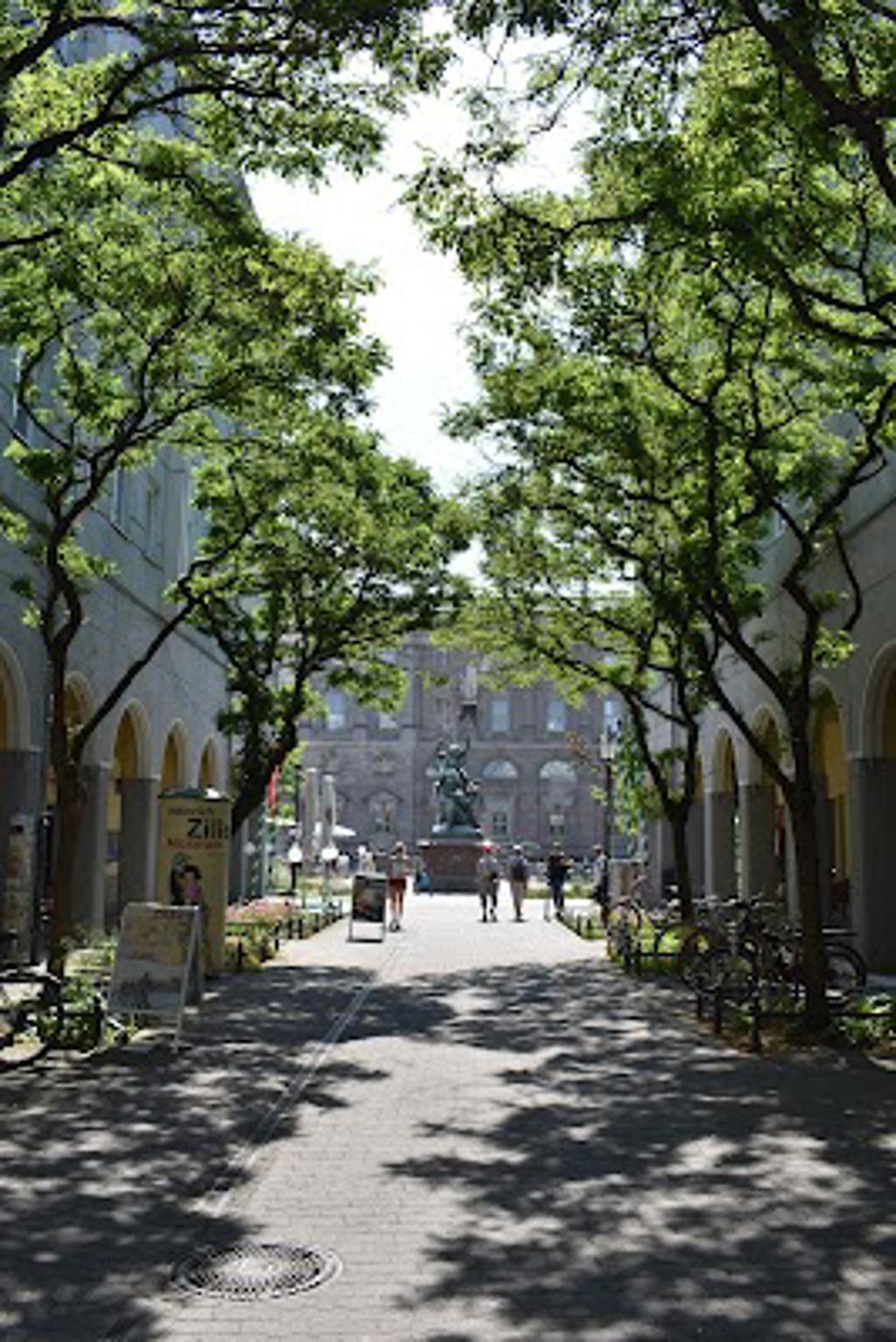
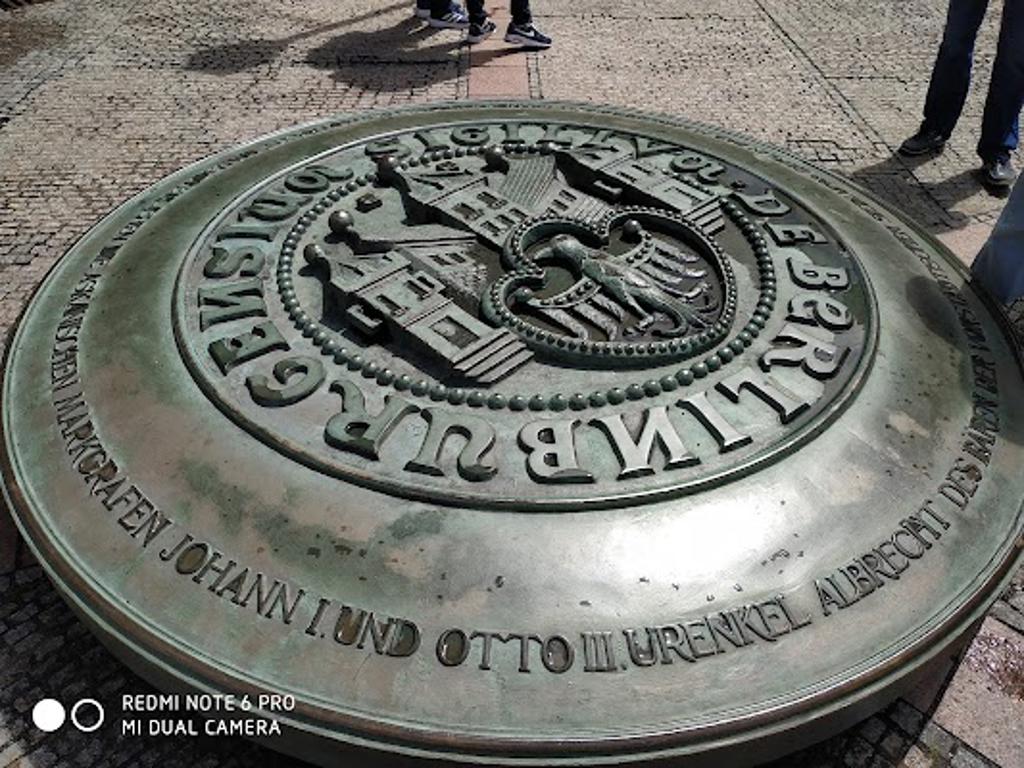
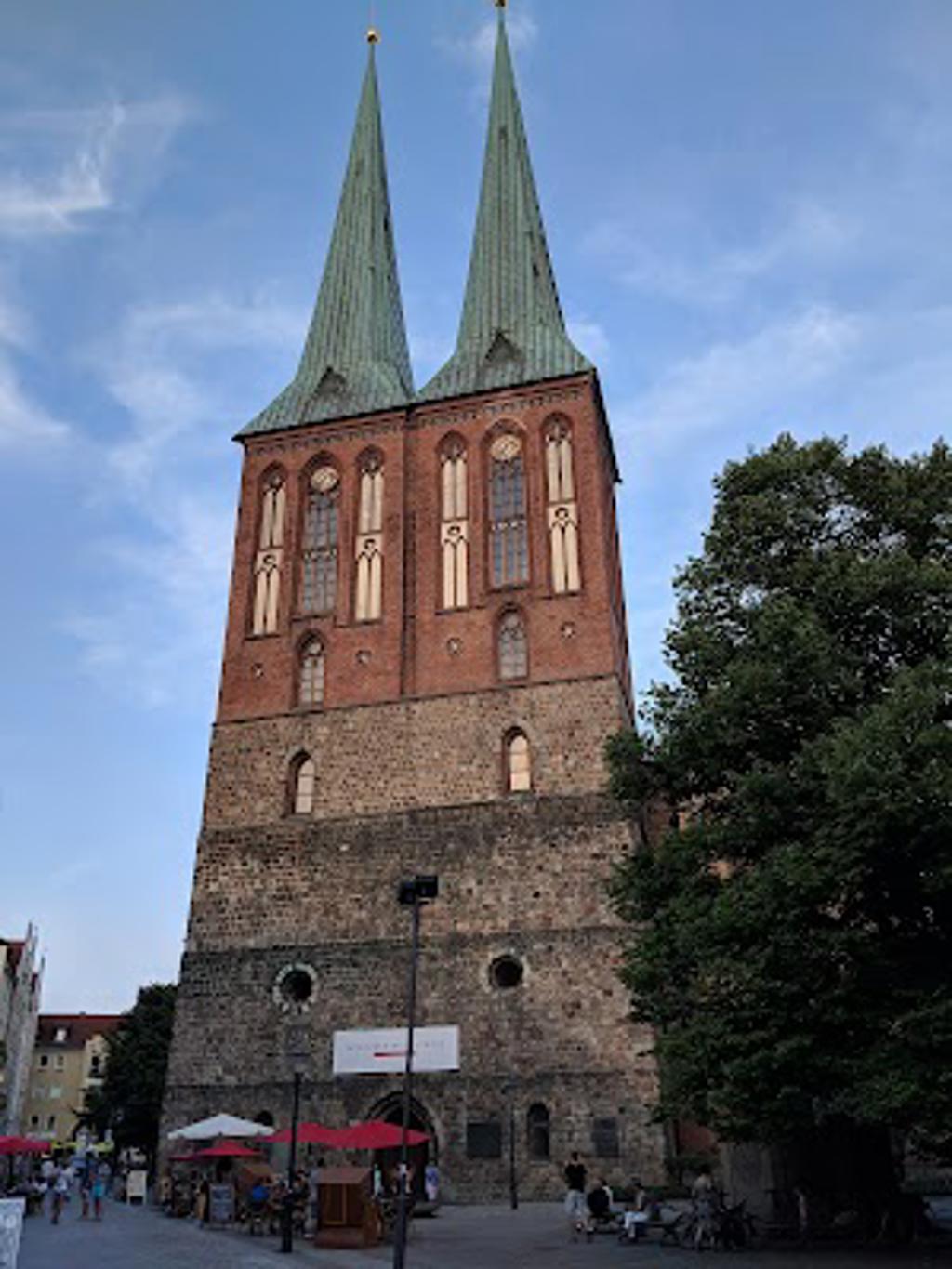
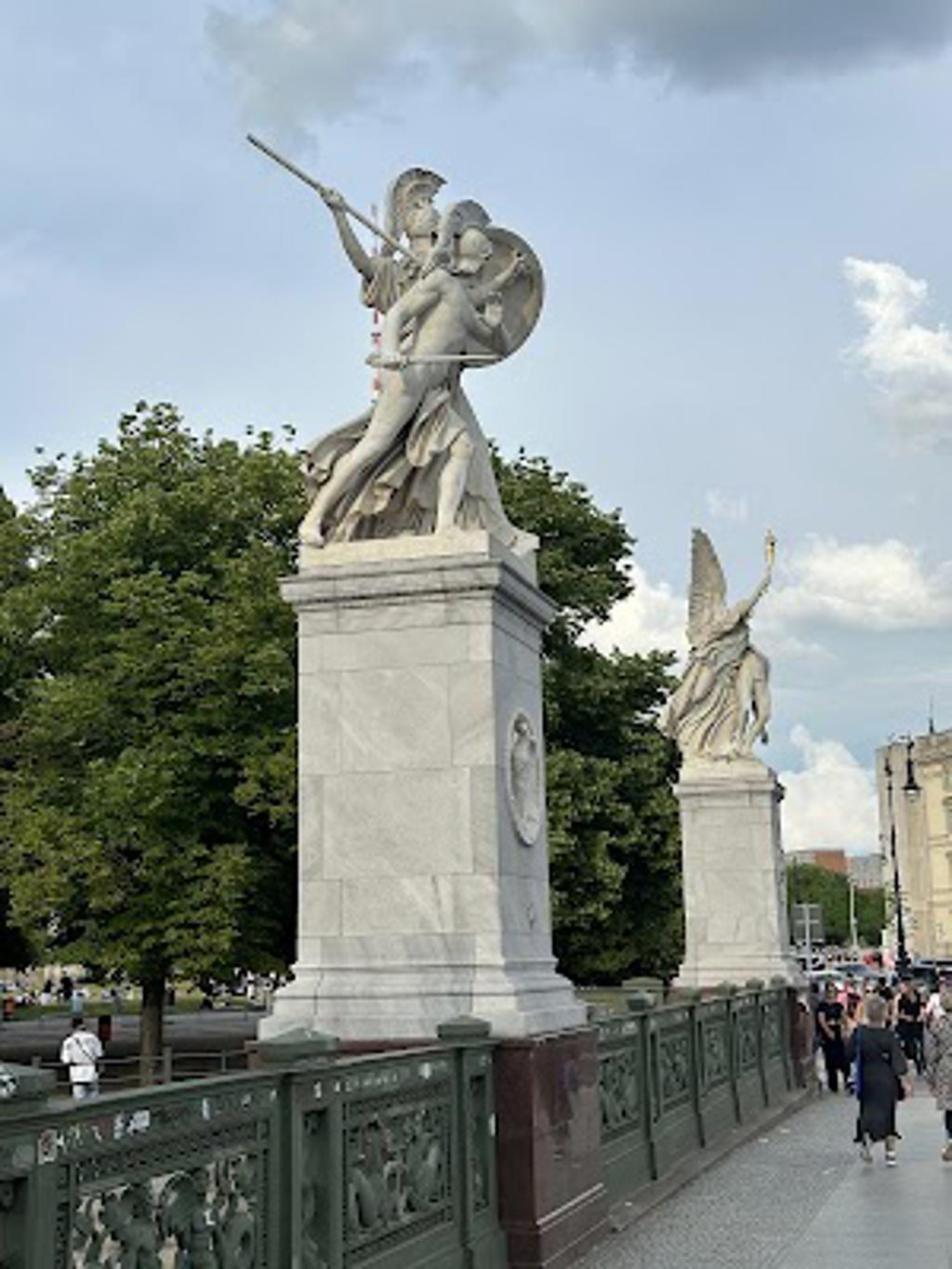
Map loading...
Location
Propststraße, 10178, Berlin
More Information
Started with construction in 1853
Wheelchair accessibility: Limited
Discover the beauty of Berlin
Plan your perfect trip to Berlin with Travo! Download now and start exploring.






Map loading...
Propststraße, 10178, Berlin